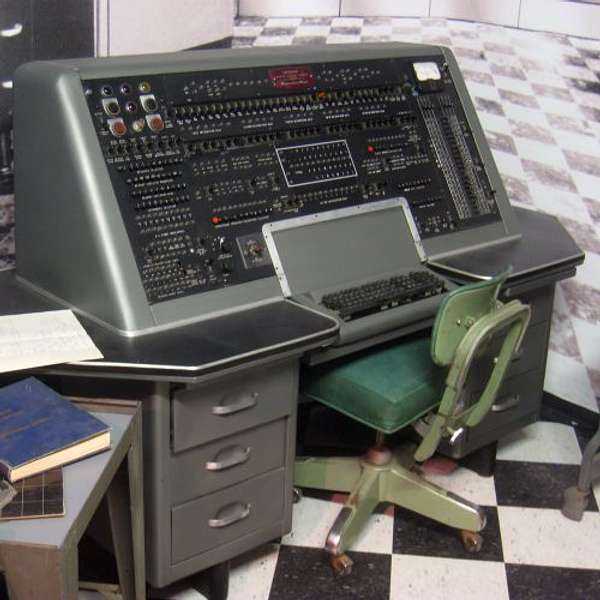
Digital Innovation Days
Digital Innovation Days
31 March 1951 - First commercial computer unveiled
As the U.S. Census Bureau signed the contract for the first commercially produced digital computer in the U.S., it marked the beginning of a new era in technology. Short for “Universal Automatic Computer”, UNIVAC was dedicated a few months later and was able to perform classification for an average citizen, classifying them into categories of sex, age, marital status, birthplace, residence, education, and employment, etc. At the time of its creation, it was the fastest business machine built yet.
UNIVAC was a stored-program computer with 5,400 vacuum tubes, used alphanumeric characters, consumed 125 kW, possessed the ability to tabulate 4,000 items within a minute, weighed 16,686 pounds, and could verify its own work. Termed as a mathematical genius, UNIVAC both surprised the masses with its stellar capabilities and scared them with its ability to replace numerous jobs. Interestingly, in 1952, this machine was able to correctly predict Dwight D. Eisenhower’s unexpected landslide victory in the presidential election after only a small percentage of the votes had been cast.
The need for UNIVAC stemmed from the search for mechanical devices that aid and accelerate computation. Given the large volume of data associated with counting in a census, the bureau required faster processing speeds, which UNIVAC offered. It is undeniable that technology has evolved too rapidly for UNIVAC and similar machines to be of any practical use in this time and day. After UNIVAC, smaller and more power-efficient transistor computers were introduced, followed by the development of integrated-circuit machines. More recently, microprocessors enabled the development of personal computers and lastly, laptops. However, it is difficult to imagine all of these highly efficient machines into existence if it were not for UNIVAC and how it commercialised digital computers.